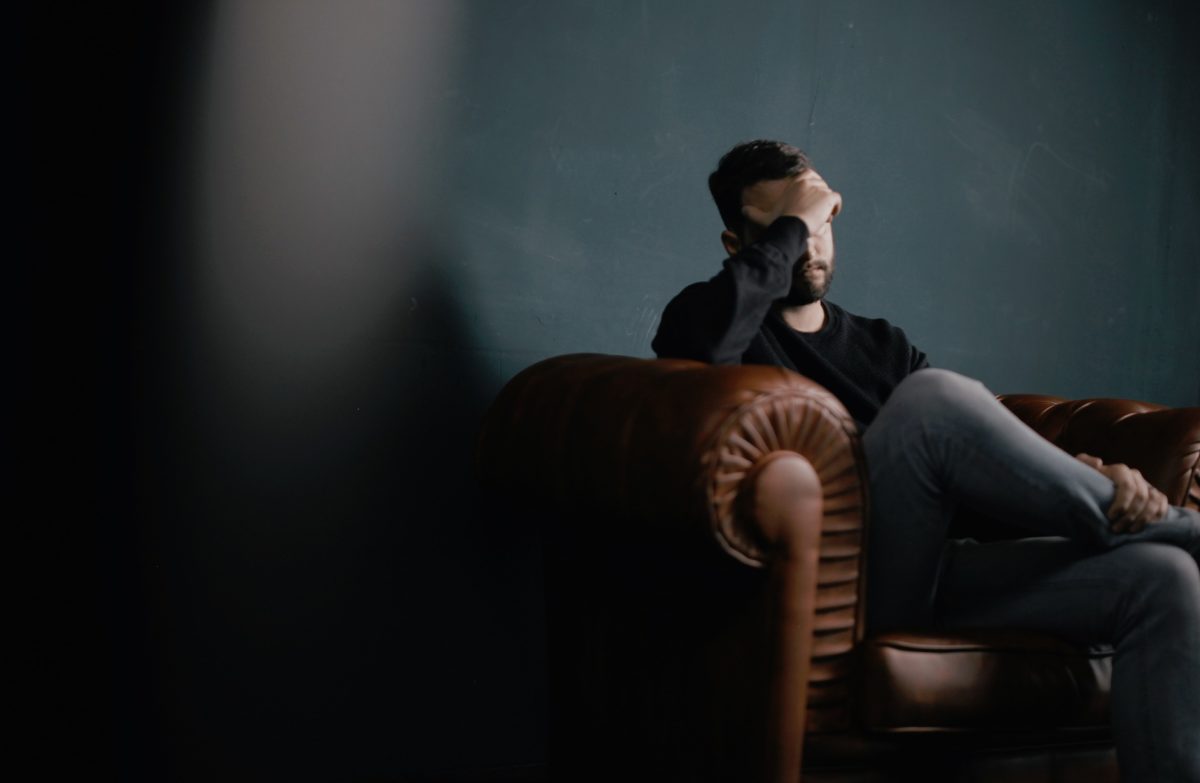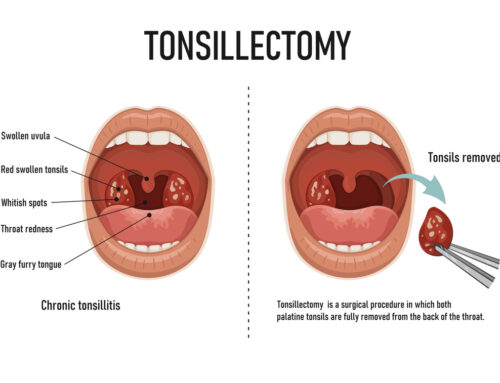This article is intended for educational purposes only. Consult with your doctor – always.
Mr Paul Montgomery – Consultant Ear, Nose & Throat Surgeon at 150 Harley Street talks about Vestibular Migraine.
Dizziness due to migraine is quite common; the diagnosis is based on the patient’s story as there are no clinical findings except when the patient is having an attack and there is no blood test or scan that can make the diagnosis
In about 1/5th of patients first experience is that of visual abnormalities e.g. visual complaints such as zig zagging lines or flashing lights, or numbness and tingling of parts of the body or difficulty speaking which last 5-60 min and then resolves
This is then followed by a dizzy sensation of spinning rather than feeling drunk.
The dizziness can last from a few seconds to days but is typically between 5 minutes and 3 days.
Most patients experience nausea, and over half experience unpleasant sensitivity to sound and light and/or one-sided pulsing headaches with a desire to lie down in a darkened room.
In about a 1/3rd of patients ringing ( “tinnitus” ) in their ears is experienced.
Attacks may be triggered by the head being in a certain positions or rapid turning of the head, foods e.g. dark chocolate, periods, stress, lack of sleep, GTN, histamine, ranitidine, HRT, caffeine, exercise, computers, movies and flashing lights.
Between attacks patients describe motion sickness and dislike of strong or flashing light or loud sounds.
Often the patient has a history of migraine (or family history of migraine), motion intolerance,
Vestibular migraine is associated with Méniere’s Disease, benign positional paroxysmal vertigo or persistent Postural-Perceptual Dizziness (PPPD) so the diagnosis can be quite complicated.
Examination
There are no abnormal findings except during an attack.
Treatment in Adults
The migraine headache can be treated can be treated with an escalation of the following medicine, (depending on response) however the vertigo symptom is less responsive to medications.
Paracetamol 1 or 2 x 500mg tablets every 4 to 6 hours but shouldn’t take more than 4g (8 500mg tablets) in the space of 24 hours.
Or
Ibuprofen one or two 200mg tablets every four to six hours, but no more than 1,200mg (six 200mg) tablets in the space of 24 hours
Or
Rizatriptan benzoate 10mg (Maxalt Malt) asap on onset then 10mg at 2 hours ( if there is no response increase to a maximum dose of 20mg per day.
Or
A combination of a Triptan + Paracetamol Or Triptan + Ibuprofen
The nausea can be treated with Buccastem (prochlorperazine maleate) 3mg bd buccal tablet for no more than 2 days.
Prevention
Patients that have migraine attacks that are causing frequent disability (for example, two or more attacks per month that last for 3 days or more) in which standard analgesia and triptans are either contraindicated or ineffective can be offered preventative treatment.
This usually is either amitriptyline or propranolol.
Propranolol is suitable for people with coexisting hypertension or anxiety, however is not suitable for people with asthma, chronic obstructive pulmonary disease, peripheral vascular disease, or uncontrolled heart failure.
Amitriptyline, 10 mg at night incrementing to 20 mg after two weeks, is useful in patients with features of low mood.
If theses do not work, then topiramate may be considered, but treatment is more complex due to potential side effects.
In particular women and girls of childbearing potential need to be advised that topiramate is associated with a risk of fetal malformations and can impair the effectiveness of hormonal contraceptives.
It can also be associated with short lived paresthesia in arms and legs in the first few days. The maximum dose is 50mg BD as cognitive side-effects creep in beyond this.
If the patient is at risk of renal stones this drug will increase the risks by 1 in 100.
For more information about dizziness including causes, diagnosis and effective treatment, contact our team for an appointment.






